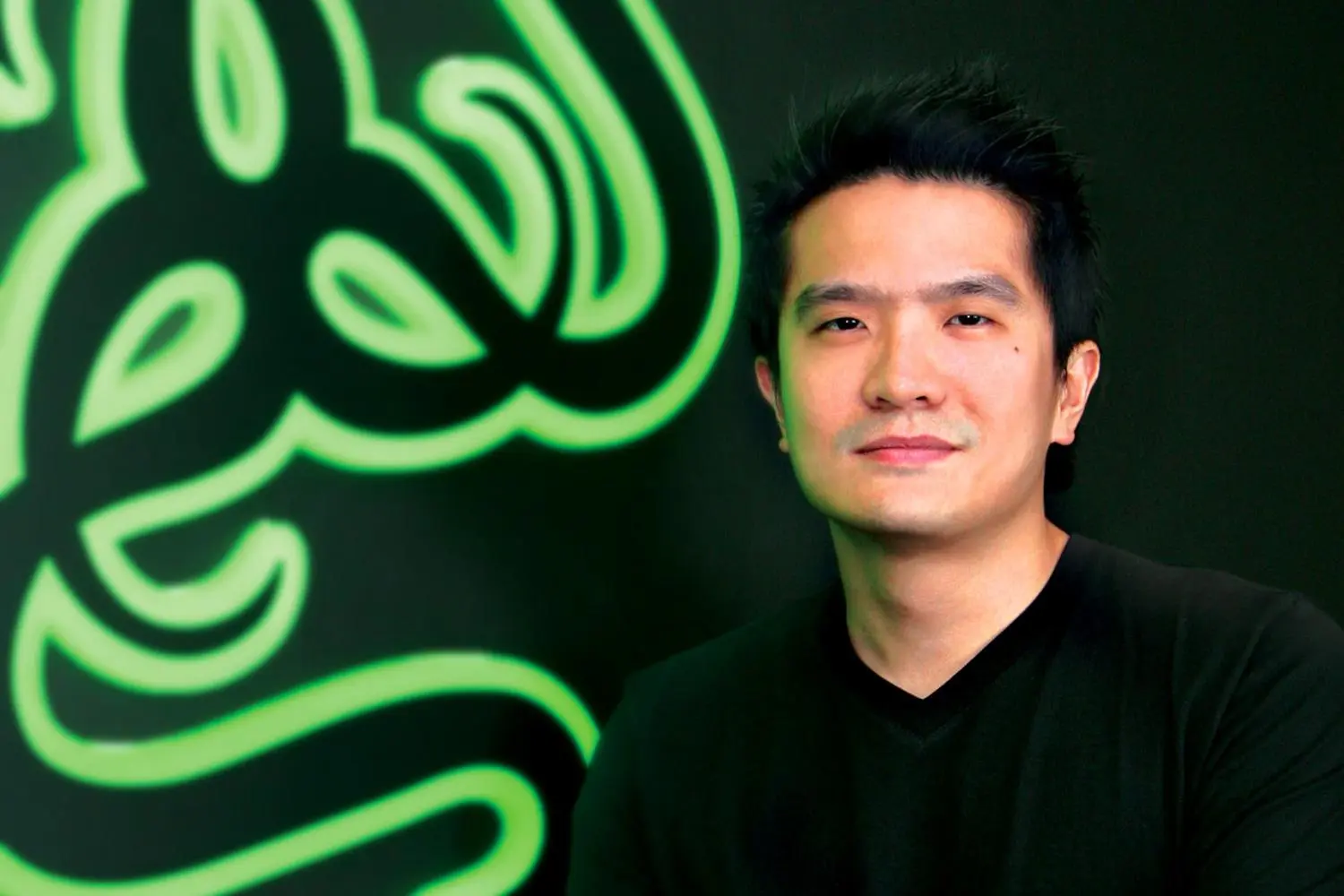In a rapidly evolving world, the Rise of AI Gaming is more than a buzzword, it’s a sweeping transformation. Min-Liang Tan, the co-founder and CEO of Razer, is betting that artificial intelligence will shake the very foundations of how games are developed, played, and experienced. His confidence reveals not just a personal vision but a strategic roadmap for the future of gaming.
A Visionary's Bet on the Rise of AI Gaming
Min-Liang Tan has long been a leading figure in gaming hardware, but now he’s pointing to something deeper. In recent remarks, he affirmed that “We believe that AI gaming is going to completely disrupt all of the game industry.” With these remarks, he stakes a claim on an emerging frontier. This bold statement epitomizes the Rise of AI Gaming, a shift in gaming dynamics powered by innovation, intelligence, and immersive experiences.
Razer’s Global AI Gaming Infrastructure
Backing up Tan’s vision, Razer has launched its first global AI hub in Singapore, a foundational step in embedding artificial intelligence into gaming technology. The Singapore hub will be staffed by around 150 AI engineers and serves as the operational heart of Razer’s AI ambitions. It aims to deliver tools that empower game developers to craft more immersive, efficient, and intelligent experiences.
The company plans to expand this network with additional AI hubs in Europe and the United States. Each will focus on regional strengths: Europe on integrating AI with hardware ecosystems like haptics and spatial audio, and the U.S. on innovation and talent development.
The Market Potential in the Rise of AI Gaming
Data shows the AI gaming market could reach $28 billion by 2033. Considering the broader gaming industry is projected to hit nearly $400 billion in the same timeframe, AI gaming stands out as a powerful growth vector. Razer aims to capture a slice of this future through its AI infrastructure.
This projection underpins the Rise of AI Gaming as not merely technical hype but also a financial opportunity. As competitors like Nvidia and Microsoft already invest in AI-driven gaming, Razer’s strategic hub network positions it to leap forward, if it can scale quickly enough.
The Human Element: Leadership, Culture, and Collaboration
What makes Razer’s pursuit especially compelling are the people behind it. Min-Liang Tan’s leadership is driven by both passion and precision. Under his guidance, Razer is cultivating a culture where engineers can innovate without bounds, and where AI tools become creative counterparts rather than replacements.
On the development side, AI tools like QA Copilot assist in bug detection, speeding up workflows and freeing human testers to focus on creative iteration. On the player side, AI-powered assistants and optimization tools promise smoother, more personalized experiences.
This human–AI collaboration lies at the heart of the Rise of AI Gaming, it’s about enhancing the human touch through intelligent automation.
What’s Next in the Rise of AI Gaming?
Looking ahead, Razer's global AI ecosystem could usher in:
- Smarter Game Development: AI assisting with programming, asset creation, and debugging, elevating productivity.
- Adaptive Gameplay: Games that learn player behavior, tailoring difficulty and narrative in real time.
- Enhanced Accessibility: Intelligent guides and multilingual support, especially in esports settings.
- Hardware Synergy: AI optimizing performance across devices, from lights to audio to feedback systems.
As these innovations unfold, the Rise of AI Gaming could redefine expectations of what games can be.
Reflections on the Rise of AI Gaming Journey
The Rise of AI Gaming is unfolding with both urgency and ambition. Razer and Min-Liang Tan are betting heavily on its promise—building hubs, rallying engineers, and challenging industry norms. The question now: can they deliver on the promise before bigger players dominate the space? Only time will tell, but the journey itself is already remaking the contours of gaming as we know it.
Read More






 Sunday, 21-12-25
Sunday, 21-12-25







